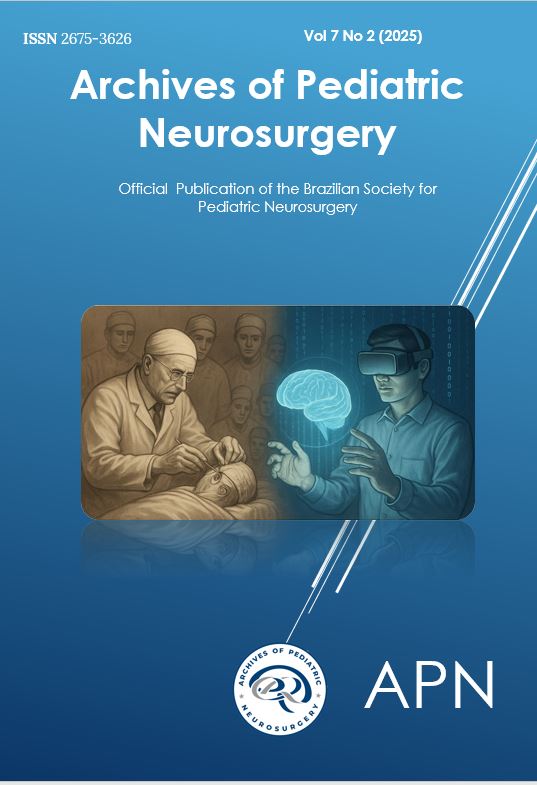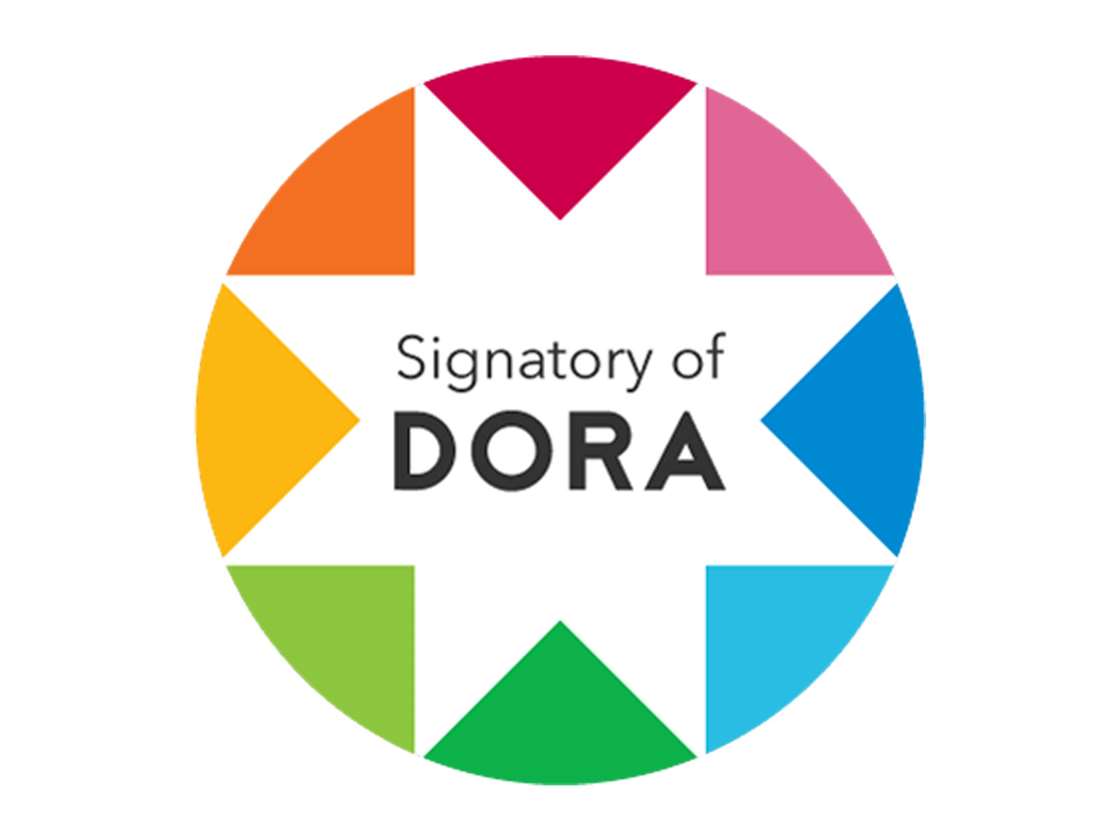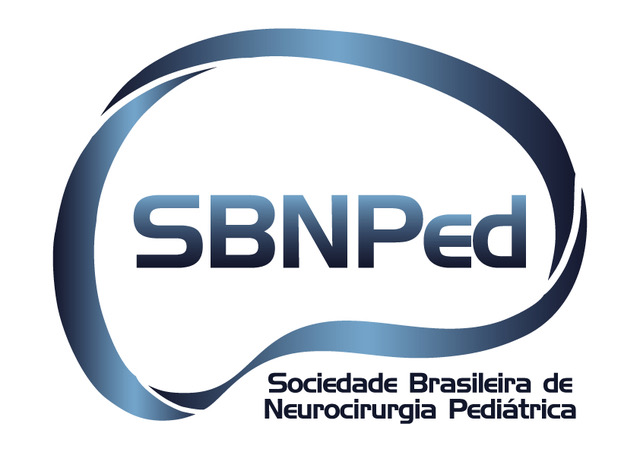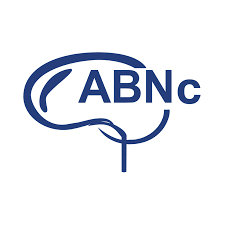From Hands to Holograms: The Evolution of Teaching Methods in Neurosurgery
DOI:
https://doi.org/10.46900/apn.v7i2.307Keywords:
neurosurgical education, pediatric neurosurgery, teaching methods, artificial intelligence, simulation, history of neurosurgeryAbstract
Editorial
The art and science of neurosurgery have always required a unique blend of cognitive rigor, manual dexterity, and decisive action. Over the centuries, the methods used to transmit this complex skillset from one generation to the next have transformed dramatically. From master-apprentice relationships in antiquity to the era of artificial intelligence (AI) and extended reality, the teaching of neurosurgery mirrors the broader technological and cultural shifts of human history.
In ancient times, surgical learning was deeply rooted in observation and repetition. Hippocratic and Galenic texts provided the earliest frameworks for understanding the nervous system, but it was through hands-on apprenticeship that technical knowledge was transmitted. This master-apprentice model, though limited in scalability and standardization, fostered deep mentorship and experiential learning.
The Renaissance brought with it the first formal anatomical studies, and by the late 19th and early 20th centuries, pioneers like Harvey Cushing had established neurosurgery as a distinct discipline. The advent of medical schools, dedicated neurosurgical residencies, and anatomical dissection labs allowed for a more structured and evidence-based approach to surgical education. In pediatric neurosurgery, groundbreaking innovations in the understanding of congenital anomalies and cerebrospinal fluid dynamics prompted subspecialized training and curricula.
The second half of the 20th century witnessed the introduction of audiovisual aids, operative atlases, and cadaveric simulation, marking a pedagogical shift towards multimodal learning. Microsurgical techniques and imaging advances demanded refined motor skills and spatial understanding, further emphasizing the need for simulation and repetition beyond the operating room.
Today, neurosurgical education is undergoing yet another revolution—one driven by the integration of artificial intelligence, virtual reality (VR), augmented reality (AR), and machine learning. AI-driven platforms now offer adaptive learning experiences, predictive analytics for surgical outcomes, and real-time feedback during simulations. Immersive VR/AR environments allow trainees to rehearse complex procedures in risk-free, anatomically accurate settings. These technologies are particularly transformative in pediatric neurosurgery, where surgical approaches must be tailored to the dynamic anatomy of the developing brain.
Furthermore, the use of AI in evaluating surgical performance, customizing educational content, and even in preoperative planning is not only enhancing the learner's journey but also democratizing access to high-quality training across regions and institutions. However, while these tools are powerful, they must augment—not replace—the foundational human elements of neurosurgical education: mentorship, ethics, empathy, and clinical judgment.
As we stand at the frontier of AI-integrated neurosurgical education, we must also reflect on the enduring values of our field. The future neurosurgeon must not only master emerging technologies but also cultivate the humility to learn from patients, the discipline to continually self-assess, and the wisdom to balance innovation with tradition.
The evolution of teaching methods in neurosurgery—from scalpels to simulations, from skulls to systems—has been remarkable. In pediatric neurosurgery, where the stakes are exceptionally high and the margin for error exceptionally low, embracing both the art and the algorithm will ensure that we continue to serve the youngest and most vulnerable patients with excellence and compassion.
Downloads
Additional Files
Published
How to Cite
Issue
Section
License
Copyright (c) 2025 Ricardo de Oliveira, Matheus Ballestero

This work is licensed under a Creative Commons Attribution 4.0 International License.

When publishing in Archives of Pediatric Neurosurgery journal, authors retain the copyright of their article and agree to license their work using a Creative Commons Attribution 4.0 International Public License (CC BY 4.0), thereby accepting the terms and conditions of this license (https://creativecommons.org/licenses/by/4.0/legalcode).
The CC BY 4.0 license terms applies to both readers and the publisher and allows them to: share (copy and redistribute in any medium or format) and adapt (remix, transform, and build upon) the article for any purpose, even commercially, provided that appropriate credit is given to the authors and the journal in which the article was published.
Authors grant Archives of Pediatric Neurosurgery the right to first publish the article and identify itself as the original publisher. Under the terms of the CC BY 4.0 license, authors allow the journal to distribute the article in third party databases, as long as its original authors and citation details are identified.






























